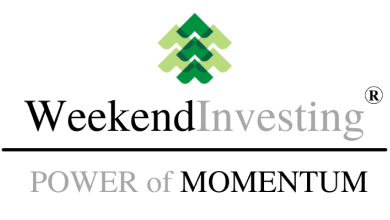Where is the market headed?
The market saw a bounce on August 13, with optimism building ahead of the meeting between the two presidents, just a day away. Global markets are hopeful for some form of peace agreement, and the probability of a September rate cut in the US has surged to 95% according to several polling sites.
While the global mood is turning positive, local economic data remains sluggish. The government has announced plans to boost manufacturing, though it’s unclear how different this will be from earlier initiatives like “Make in India” or PLI programs.
The RBI is also taking steps to encourage trade and investment in rupees, allowing exporters to open INR accounts freely and enabling foreign investors to buy Indian treasuries without restrictions.
Market Overview
Markets themselves, however, have been moving sideways. The Nifty ended the day up 0.5%, holding above the 24,400 level broken earlier.

Nifty Next 50
Nifty Junior gained 0.6%, looking stronger than the main index.

Nifty Mid and Small Cap
Midcaps and Small caps also saw modest gains of 0.63% and 0.64% respectively.


Bank Nifty
Nifty Bank remained stagnant with only a 0.25% rise over three consecutive inside days.

GOLD
Gold hovered near ₹10,025 per gram, waiting for cues from the dollar index or the Fed’s next move.

Advance Decline Ratio
Market breadth improved later in the day, with 308 advances versus 189 declines on the Nifty 500.

Heat Maps
Large-cap gainers included HDFC Bank, Bharti Airtel, Cipla, Dr. Reddy, Hero Moto, ITC, Titan, Adani Ports, and IndusInd Bank. Some banking and finance names like Bank of Baroda, Canara Bank, and Bajaj Housing lost ground.


Movers Of The Day
Hindalco surged 5% on strong domestic demand, while Nykaa jumped after reporting strong Q1 revenue growth.


Sectoral Overview
Sector-wise, defense stocks rebounded 2.63% after new orders, capital markets rose 2%, and pharma gained 1.73%.

Sector of the Day
Nifty Capital Market Index


Nifty Ind Defence Index


Tweets Of the Day
In Real Estate, Oberoi Realty highlighted that 50% of payments from buyers are made upfront, unlike developers who accept only 5–10%. This indicates they attract serious buyers rather than speculators, leading to more stable projects. For investors, understanding payment structures can reveal the developer’s confidence and the project’s target audience.

A major point of discussion was the growing money supply, which in the US has now hit $22 trillion. This trend, especially since 2008 and sharply after COVID, means that holding cash leads to a loss in value over time. Investors need to keep their returns ahead of money supply growth—about 6–8% annually—to avoid falling behind. This explains why asset owners keep getting richer, while those who hold only cash are losing purchasing power.








